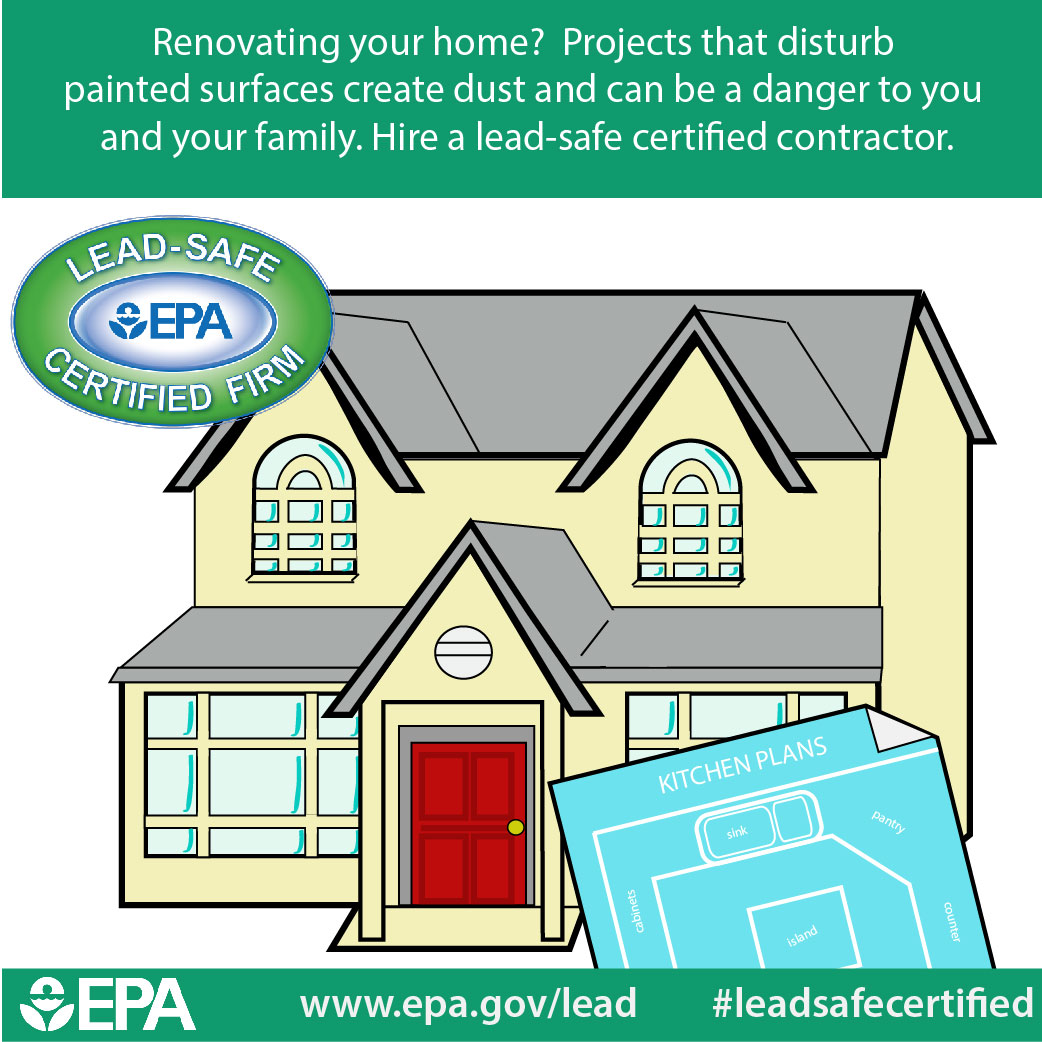The Influence Of Weather On Commercial Painting Projects
The Influence Of Weather On Commercial Painting Projects
Blog Article
Material Composed By-Wood Cox
When you're taking care of a commercial paint task, you can't disregard exactly how weather plays an essential duty in your success. Variables like temperature, humidity, and wind can either boost or undermine your efforts, affecting everything from application high quality to safety and security on the job site. You might assume you can paint anytime, but the fact is that certain problems can cause expensive delays or inadequate surfaces. Comprehending these aspects is vital, but what particular methods can you apply to make certain optimal outcomes in the middle of unforeseeable weather condition?
Temperature and Paint Application
When it involves commercial painting, temperature level plays an important function in exactly how well the paint adheres and dries. If you're planning a task, keep an eye on the temperature level array advised by the paint manufacturer. Preferably, you wish to work within that range for optimum results.
When temperatures are also low, paint can become thick and more difficult to apply, bring about irregular coverage. You may find yourself struggling with brush strokes or roller marks that just won't vanish.
On the other side, high temperatures can trigger paint to dry too swiftly. This can cause problems like cracking or peeling, as the paint does not have adequate time to bond effectively to the surface area.
If it's too warm, take into consideration scheduling your work for cooler parts of the day, such as early morning or late afternoon.
Moisture and Finish High Quality
Moisture substantially impacts the surface top quality of business painting tasks. When moisture levels are high, wetness airborne can hinder the drying out procedure of paint. This can result in concerns like poor attachment, irregular coatings, and raised drying times.
straight from the source could find that your paint takes longer to heal, which can delay your project timeline.
On how much does it cost to get a house painted , reduced moisture can likewise posture problems. If the air is as well completely dry, paint can dry also rapidly, preventing appropriate progressing and causing a rough surface. You want your paint to flow smoothly, and fast drying can impede that, leaving you with an unsuitable surface.
To accomplish the best surface, go for moisture levels between 40% and 70%. This variety enables optimum drying out problems, making certain that the paint sticks well and levels out properly.
Consider using dehumidifiers or followers to manage dampness in indoor jobs, and try to plan outdoor tasks for days when humidity is within the ideal range. By taking residential painting cost of humidity, you can enhance the final appearance and durability of your industrial paint task.
Wind and Outside Problems
While you mightn't consider wind as a major element, it can significantly impact the end result of outside business painting tasks. High winds can disrupt your application procedure, creating paint to completely dry also swiftly. When paint dries as well fast, it can bring about an unequal coating or visible brush strokes.
You'll likewise deal with challenges with paint overspray, as wind can carry particles far from the desired surface area, resulting in thrown away products and possible damages to bordering locations.
Additionally, strong gusts can develop safety risks on duty site. Ladders and scaffolding are more prone to tipping in windy problems, placing your crew at risk. It's vital to monitor wind speeds before beginning a task. If winds exceed secure limitations, it's best to delay your work to guarantee a high quality finish and keep safety and security.
On calmer days, you can benefit from the excellent problems to accomplish smooth, expert outcomes. Always examine the weather prediction and plan as necessary.
Conclusion
Finally, understanding just how weather condition affects industrial paint is critical for accomplishing the best results. By checking temperature, humidity, and wind conditions, you can arrange your projects throughout optimal times. This not just makes certain a smooth application but also boosts the quality of your finish. So, keep an eye on the forecast and strategy appropriately-- doing so will certainly conserve you time, cash, and disappointment while providing a specialist outcome each time you paint.
